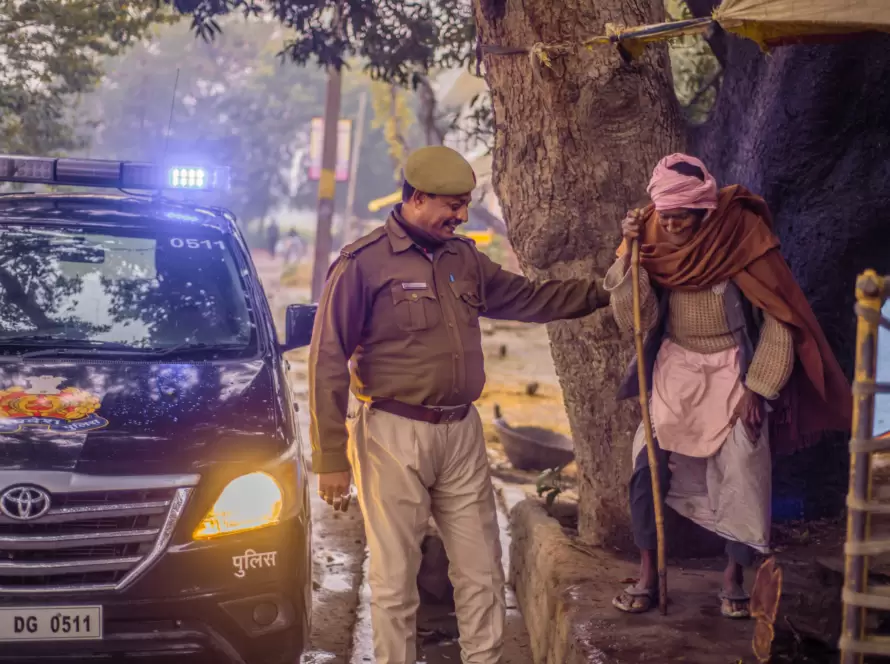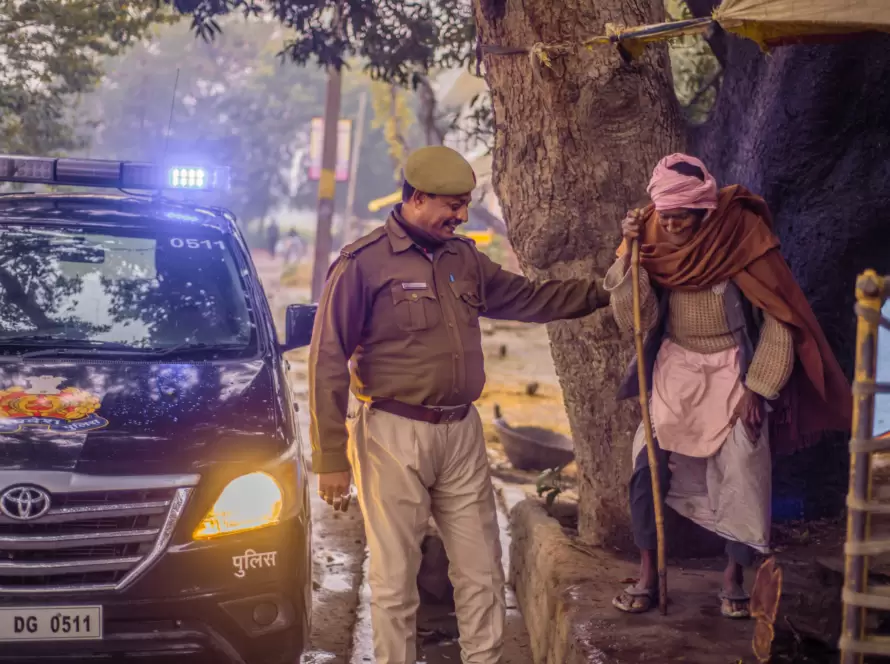Generated by Contentify AI

Fatehpur Sikri is a small city located in the northern part of India, around 43 km from Agra. The city was built during the 16th century by the Mughal emperor Akbar, and it served as the capital of the Mughal Empire for a brief period. Despite being abandoned later due to a lack of water supply, Fatehpur Sikri remains a magnificent architectural masterpiece that attracts thousands of tourists each year.
The architecture of Fatehpur Sikri is something that one cannot miss. The city showcases a seamless blend of Islamic, Hindu, and Jain architectural elements. The complex features several stunning buildings, including the Buland Darwaza, Jama Masjid, Panch Mahal, and Diwan-i-Khas. One of the most impressive buildings in the city is the Buland Darwaza, which stands tall at 54 meters and is made of red sandstone and marble. It serves as the main entrance to the Jama Masjid, a grand mosque that can accommodate around 25,000 worshippers at a time.
Another mesmerizing building in Fatehpur Sikri is the Diwan-i-Khas, also known as the “Hall of Private Audience”. It is believed that Akbar used to meet his courtiers and officials in this hall to discuss their issues and concerns. The hall features a central pillar made of white marble, which was once decorated with gold and precious stones.
In conclusion, Fatehpur Sikri is a treasure trove of architectural wonders that depict the true essence of the Mughal era. The intricate carvings, stunning domes, and minarets, along with the soaring arches and pillars, all come together to form a visual treat for architecture enthusiasts and tourists alike. The city’s perfect blend of Islamic, Hindu, and Jain architecture is a testament to the harmonious cultural coexistence that prevailed in India during the Mughal era. Today, Fatehpur Sikri is rightly regarded as one of the world’s wonders, and a visit to this stunning city is a must for anyone interested in exploring the best of Indian history and architecture.



